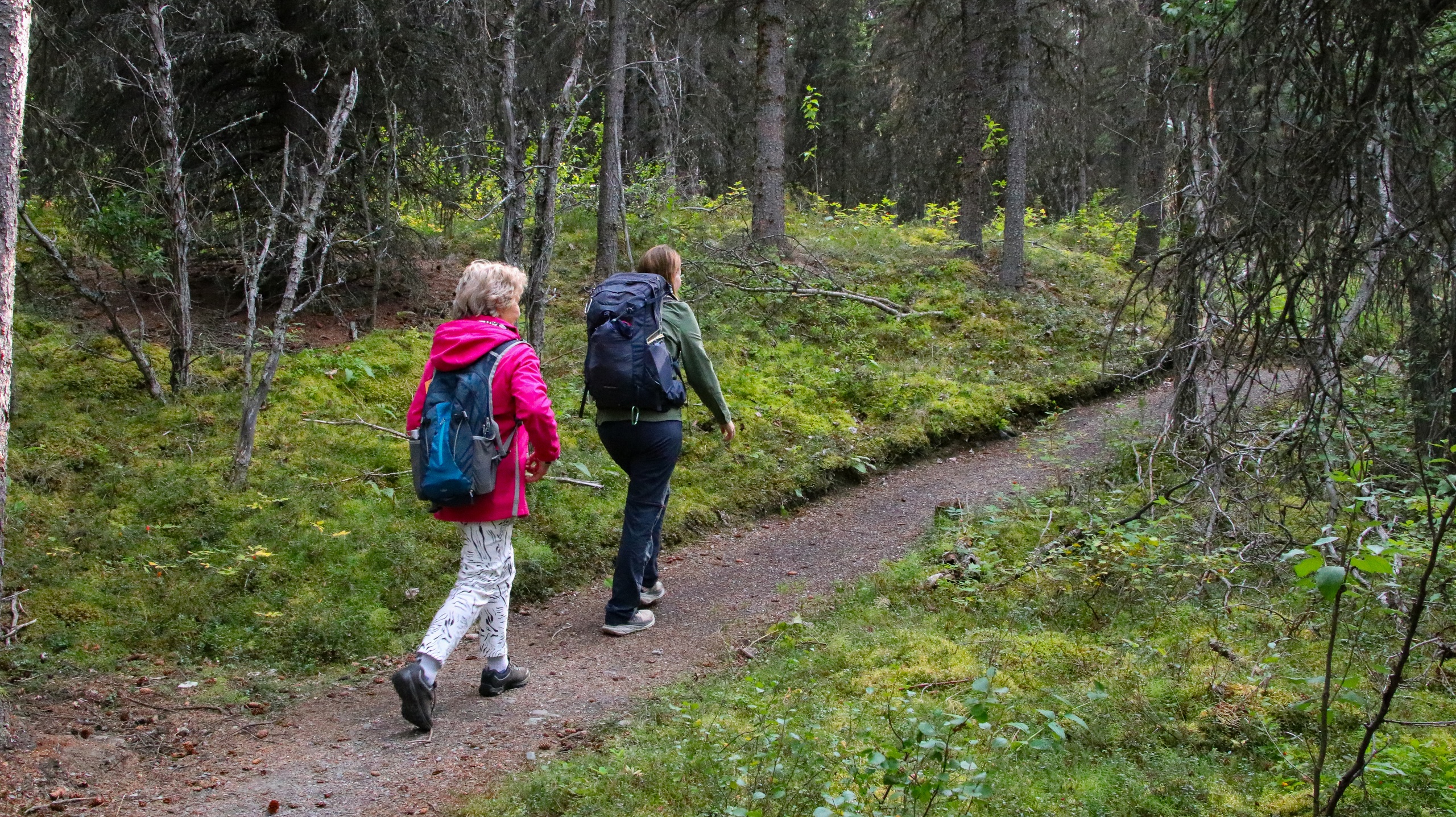Yellowstone National Park: Steam, Stone, and Big Sky Days from Jackson Hole
A one-day arc from Jackson Hole into Yellowstone’s living geology and big-animal mornings.
Dawn unspools slowly across Hayden Valley, the light sliding over tall grass and the river’s silver bends. Bison materialize from the mist like old ships, snorting steam of their own as the earth exhales around them. Sandhill cranes call from the flats, a thin trumpet that lifts the hair on your arms. In Yellowstone, the world feels awake before you do. The ground murmurs. The air tastes mineral. The day dares you to follow it.
Trail Wisdom
Beat the gates
Enter at first light to catch wildlife activity and lighter traffic; plan your loop before you roll to minimize backtracking.
Boardwalks are life
Thermal areas have thin crust and scalding water—stay on signed paths and supervise kids closely.
Give wildlife the right-of-way
Stay at least 25 yards from bison and elk, 100 yards from bears and wolves; keep bear spray handy and never approach for photos.
Fuel before you roam
Gas and food options are limited and spread out—top off in Jackson and carry snacks so road delays don’t derail the day.
Local Knowledge
Hidden Gems
- •Point Sublime off the South Rim for quiet canyon vistas
- •Blacktail Plateau Drive for a slower, wildlife-rich backroad
Wildlife
Bison, Pronghorn
Conservation Note
Stay on boardwalks to protect fragile thermal crust and microbial mats, and keep proper distance from wildlife to reduce stress and human–animal conflict.
Yellowstone became the world’s first national park in 1872, safeguarding its hydrothermal wonders and expansive wildlife habitat. Indigenous nations used and stewarded this landscape for millennia before that designation.
Seasonal Guide
spring
Best for: Wildlife watching at dawn, Snow-fringed geyser basins
Challenges: Unpredictable weather, Lingering road closures
Late April to June brings active animals and fewer crowds, but expect icy mornings and possible storm systems.
summer
Best for: Long daylight hours, Full road access
Challenges: Crowds and traffic, Afternoon thunderstorms
July and August are peak season—plan early starts, reserve lodging in advance, and pack sun and storm layers.
fall
Best for: Elk rut in Hayden/Mammoth, Golden aspen and willows
Challenges: Cooling temps, Shorter days
September and early October balance thinner crowds with brilliant color and energetic wildlife activity.
winter
Best for: Snowcoach or snowmobile tours, Frosted geyser fog
Challenges: Most roads closed, Extreme cold
A quiet, surreal season for guided access only—dress for subzero temps and check operating schedules.
Photographer's Notes
What to Bring
Bear spray with holsterEssential
Essential in grizzly country—carry it where you can deploy quickly and know proper use.
Layered clothing (base, fleece, shell)Essential
Mountain weather swings; layers let you adapt from frosty dawns to warm afternoons.
Sturdy hiking shoesEssential
Boardwalks, dirt, and rocky overlooks require supportive, grippy footwear.
2L water capacity + filter bottleEssential
High elevation and dry air dehydrate quickly; refill safely at developed areas.
Common Questions
How far is Yellowstone from Jackson, WY?
It’s about 60 miles (1.5–2 hours) to the South Entrance via Grand Teton National Park; Old Faithful is roughly 2.5 hours from Jackson under normal conditions.
Do I need a reservation or permit to enter?
No reservations are required to enter Yellowstone by private vehicle, but a park entrance pass is required. Some activities (like backcountry camping or fishing) require specific permits.
Can I swim in Yellowstone?
Swimming is prohibited in thermal features and most waterways. A few designated areas may be open seasonally; check current park alerts before planning any water activity.
Is cell service available in the park?
Service is intermittent and limited to developed areas like Old Faithful, Canyon, and Mammoth. Download maps offline and don’t rely on streaming or constant connectivity.
Are pets allowed on trails or boardwalks?
Pets are not allowed on trails, boardwalks, or in the backcountry. They must remain within 100 feet of roads, parking areas, and campgrounds and be leashed at all times.
Do I need a guide to see wildlife safely?
A guide isn’t required, but can enhance safety and sightings. If exploring independently, obey viewing distances, carry bear spray, and store food properly.
What to Pack
Bear spray for safety in grizzly country; Insulating layers to handle fast-changing mountain weather; 2L of water per person with a filter for refills; Sun protection (hat, SPF 30+, sunglasses) to cut high-elevation UV.
Did You Know
Yellowstone was established in 1872 as the world’s first national park, protecting roughly half of the planet’s known geothermal features within its boundaries.
Quick Travel Tips
Enter at sunrise to avoid traffic and maximize wildlife sightings; Download offline maps and the NPS app before you lose service; Pack a real lunch—concessions are spread out and lines can be long; Budget drive time—park roads and bison jams make even short distances take longer.
Local Flavor
Back in Jackson, refuel at Snake River Brewing for post-park pints and wood-fired pizzas, or grab flaky pastries and strong coffee at Persephone Bakery in the morning. If you’re returning through Moose, Dornan’s offers pizzas and unbeatable Teton views from its deck—sunset is the move.
Logistics Snapshot
Closest airports: Jackson Hole (JAC) year-round; West Yellowstone (WYS, seasonal); Bozeman (BZN) for broader flight options. From Jackson to South Entrance: ~60 miles/1.5–2 hours; Old Faithful: ~2.5 hours. Cell service: spotty, mostly in developed areas. Passes: National Park pass required; separate permits for backcountry, fishing, and winter oversnow travel.
Sustainability Note
Yellowstone’s thermal basins and wildlife are exceptionally sensitive—stay on designated paths, pack out all trash, use refill stations to reduce plastic, and keep safe distances to prevent animal stress and habituation.
Continue Reading

Canyon Wave: Rafting Denali’s Glacial Heart on the Nenana River
The Nenana River doesn’t whisper—it urges you forward. On the Canyon Wave run, you’ll punch through crisp, glacial rapids beneath Denali’s ramparts, trading roadside views for a front-row seat to Alaska’s wild hydraulics. Cold water, big smiles, and a canyon that knows how to keep pace.
Healy, Alaska

Chasing Light in Denali: An Afternoon Hike Across Taiga and Tundra
Trade the tour bus for tundra. This guided afternoon hike threads from shadowed spruce to open ridgeline, where Denali’s valleys breathe wide and the wind calls the cadence. Come for the views, stay for the stories beneath your boots.
Denali Park, Alaska

